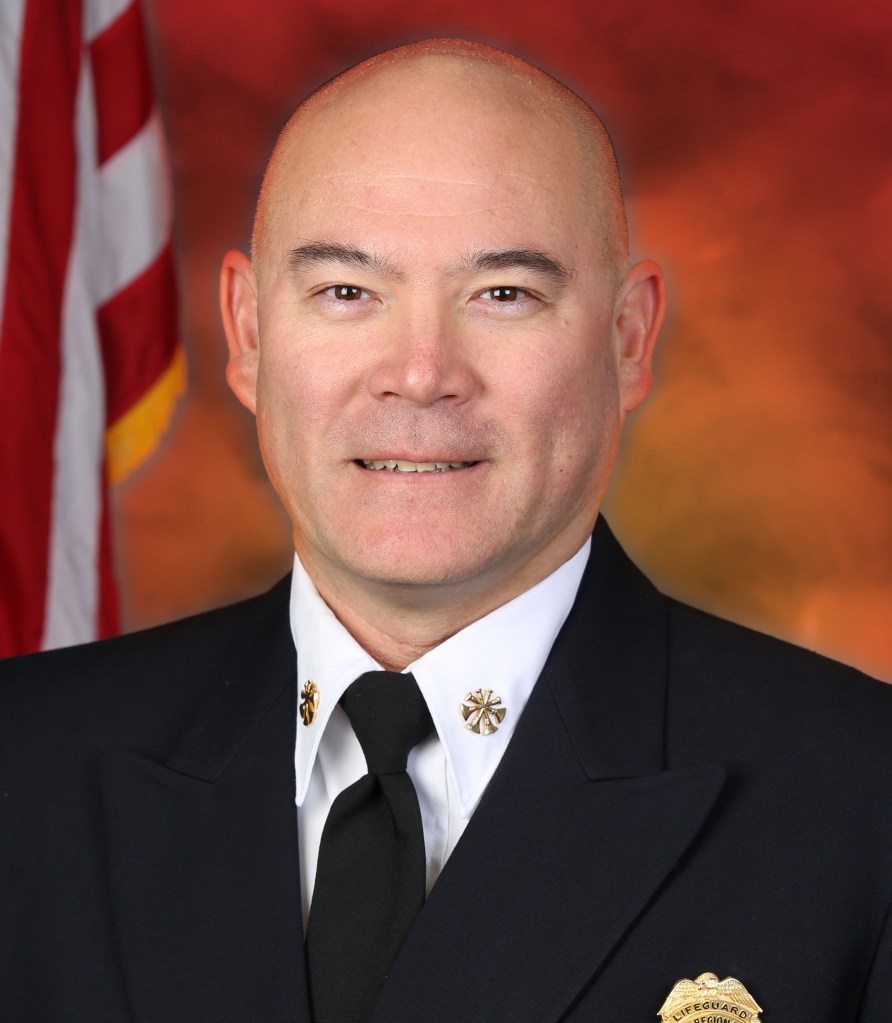Writing, reading and arithmetic make up the core mission of K-12 education. Pete DeQuincy wonders: What about lifesaving?
DeQuincy, Aquatics International columnist and aquatics manager for the East Bay Regional Park District in Oakland, Calif., has spent decades training young people to save swimmers at local pools. And he is a teachers’ teacher, through his column and his dynamic hands-on lifeguarding courses at aquatics conferences. The distinction of teachers’ teacher applies to his newest venture: Instructing high school students not only lifesaving skills vital in and out of the pool, but also how to pass those abilities on to their peers.
Building a pipeline
DeQuincy and his team are working with local school districts to incorporate swimming and water safety into physical education programs.
At Antioch Unified School District, for example, students at two high schools with pools are learning to swim during regular PE classes. The program serves about 1,000 students annually, many of whom have never been in a pool before.
“These are … schools where access to swimming lessons and safe water environments is extremely limited,” DeQuincy explains.
PE swimming lessons are commonly taught by school staff or outsourced to private swim schools. In this case, DeQuincy’s team handles the entire program, ensuring a consistent and high-quality experience.
“Even if students don’t become strong swimmers, they’ll gain the skills and knowledge to stay safe around water,” DeQuincy says.
Looking ahead, DeQuincy plans to expand these programs to more schools and incorporate additional training opportunities, such as swim instruction certifications.
These efforts reach beyond helping the students, or even the students’ immediate peers. DeQuincy and his team are building a pipeline of skilled instructors and lifeguards, seeking to address regional workforce needs while continuing to foster a culture of community service.
The program is becoming a self-propelling phenomenon.
“As we’re there working with them — and they understand our mission and get to be part of that mission — they’re like, ‘What do we need to do to join you? What do we need to do to become a lifeguard or work with a park district?’” DeQuincy observes.
CPR ecosystem
DeQuincy leads a similar program that delivers CPR training.
Partnering with Dozier-Libbey Medical High School, the team has trained students to become certified CPR instructors across the Antioch Unified School District. In just one year, 36 student instructors certified more than 450 of their peers in CPR.
This model of student-led instruction is new in the United States. “Usually, CPR classes are taught by teachers or outside vendors,” DeQuincy says. “What we’re doing — empowering students to teach their peers — isn’t being done anywhere else.”
The program’s impact is multiplying. In addition to certifying their classmates, the high-school-aged instructors now are teaching CPR to hundreds of middle school students in a single day.
DeQuincy’s team also has partnered with the American Red Cross to pilot a new certification program for eighth graders to teach hands-only CPR, allowing them to train their peers and the wider community to perform chest compressions.
Here, too, DeQuincy seeks to create a self-sustaining ecosystem of lifesaving education. “We’re giving students the tools and confidence to take ownership of these programs and serve their community,” he says.
The big picture
DeQuincy’s efforts have garnered strong support from school administrators, who see the programs as opportunities to teach broader life skills.
In addition to lifesaving techniques, students learn how to write professional emails to school administrators and lead presentations. “It’s about preparing these kids for the future,” DeQuincy says.
As his programs gain momentum, DeQuincy remains focused on one core principle — meeting communities where they are. “We don’t wait for schools to come to us,” he says. “We go to them, listen to their needs, and figure out how we can help.”
For those interested in replicating the model: “The key is to be patient, build trust, and let the community lead.”
